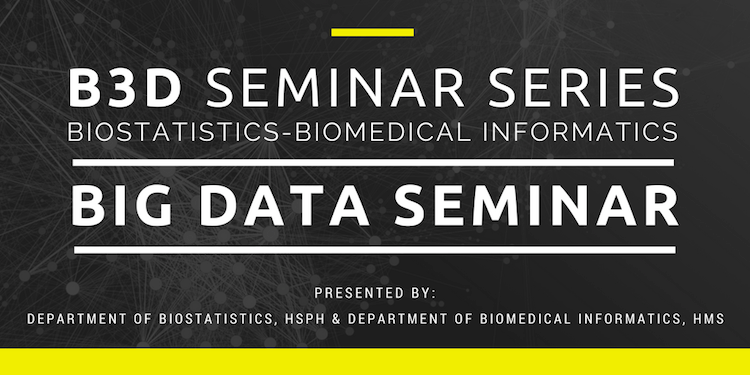Next seminar:
Monday, January 28, 2018
1:15 – 2:15 PM
MINOT Room, 5th Floor
Countway Library, HMS
Haytham Kaafarani, MD, MPH, FACS
Associate Professor of Surgery, Harvard Medical School
Director, Patient Safety & Quality
Director, Clinical Research & International Research Fellowship
Division of Trauma, Emergency Surgery and Surgical Critical Care
Massachusetts General Hospital
Should I operate on Marie? Big Data & Machine Learning in the Operating Room
Accurately predicting the risk of patient adverse outcomes following surgery remains challenging. Most existing risk assessment tools presume that the impact of risk factors is linear and cumulative. We used novel and advanced machine-learning techniques to better model the risk of postoperative mortality and morbidity following Emergency Surgery (ES). We used all ES patients in the ACS-NSQIP 2007-2013 database to train our predictive models. Optimal Classification Trees (OCT) were leveraged to train machine learning algorithms to predict postoperative mortality, morbidity, and 20 specific complications (e.g. sepsis, surgical site infection). Unlike classic methods (e.g. logistic regression), OCT is adaptive and reboots itself with each variable thus accounting for non-linear interactions among variables. The resulting OCT models are also readily interpretable, unlike other machine learning approaches that give black-box models. In preliminary testing, our approach delivers significant improvements over all existing methods in the literature (e.g. The Emergency Surgery Score-ESS; the ACS-NSQIP calculators), and the ability to accurately predict outcome with as little as 4 and a maximum of 10 variables/Trees.




